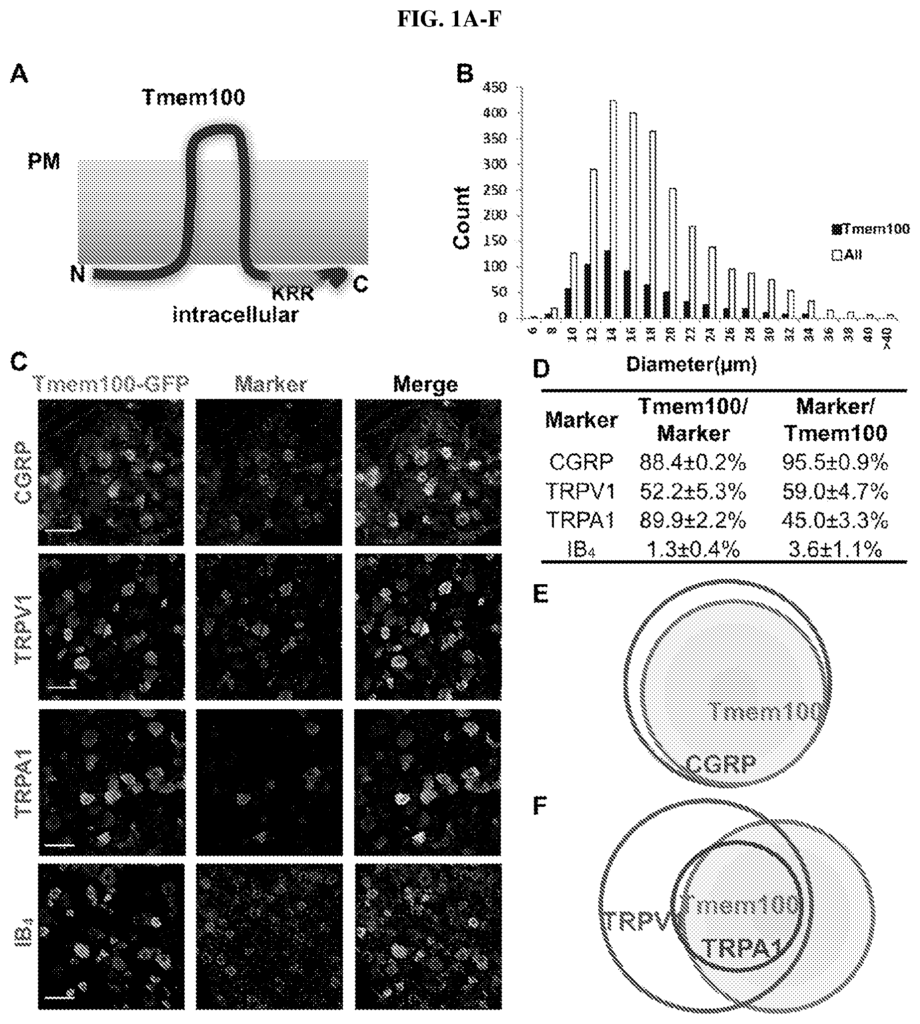Unlocking the Therapeutic Potential of Tmem100 Peptides for Advanced Disease Treatment
Introduction
The potential for peptide-based therapies in modern medicine continues to grow, offering unique and highly specific treatment options for various diseases. Tmem100, a membrane-associated protein, has emerged as a key player in several critical physiological processes, making it an ideal target for developing new therapies. Our patented technology centers on Tmem100 peptides and their variants, providing a groundbreaking opportunity to treat or prevent a variety of conditions, including chronic pain, cancer, and cardiovascular diseases.
Current Gaps in Targeted Therapeutics
While modern medicine has made great strides in addressing chronic diseases, many current treatments lack specificity, leading to unwanted side effects and incomplete symptom relief. Conditions such as chronic pain are often treated with opioids or non-specific pain relievers, which can carry risks of dependency and systemic side effects. Similarly, cancer therapies may target cells broadly, affecting healthy tissues as well as malignant ones, limiting the effectiveness and tolerability of treatment. The need for targeted therapies that modulate specific pathways at a molecular level is clear, especially for conditions involving complex cellular processes.
The Precision of Tmem100 Peptide Therapy
Our patented Tmem100 peptides and their variants offer a highly specific approach to targeting key molecular pathways involved in various diseases. Tmem100 plays a crucial role in several physiological mechanisms, including ion channel regulation, which is relevant for pain modulation and certain cardiovascular conditions. By designing peptides that modulate Tmem100 activity, we can develop therapies that offer more precise targeting of disease-related pathways, potentially reducing side effects while increasing therapeutic efficacy.
These peptides and their variants are not limited to a single therapeutic area. This technology has the potential to impact a wide range of conditions, from pain management to cancer treatment. Tmem100 modulation can also be applied in the cardiovascular space, providing new avenues for treating heart-related conditions through a peptide-based approach.
Key Advantages of This Technology
- Targeted Mechanism of Action: By focusing on Tmem100, this peptide-based approach allows for more precise therapeutic targeting, reducing side effects while enhancing efficacy.
- Broad Therapeutic Applications: This technology can be applied to multiple disease areas, including chronic pain, cancer, and cardiovascular conditions.
- Reduced Side Effects: Peptide-based therapies often provide a higher degree of specificity, potentially leading to fewer adverse reactions compared to traditional drugs.
- Versatility in Treatment: These Tmem100 peptides and variants offer potential use in both prevention and treatment, expanding the scope of their application in clinical settings.
A Key Opportunity for Cutting-Edge Therapeutics
Licensing this Tmem100 peptide technology offers pharmaceutical companies and biotech firms an exceptional opportunity to lead in the development of next-generation, peptide-based treatments. As the demand for more targeted, effective therapies grows, this technology opens the door to breakthroughs in multiple disease areas, offering the chance to significantly improve patient outcomes with precision-driven care.

- Abstract
- Claims
What is claimed is:
Share
Title
Tmem100 peptides and variants thereof and their use in treating or preventing diseases or conditions
Inventor(s)
Xinzhong Dong, Hao-Jui Weng
Assignee(s)
Johns Hopkins University
Patent #
11066455
Patent Date
July 20, 2021
